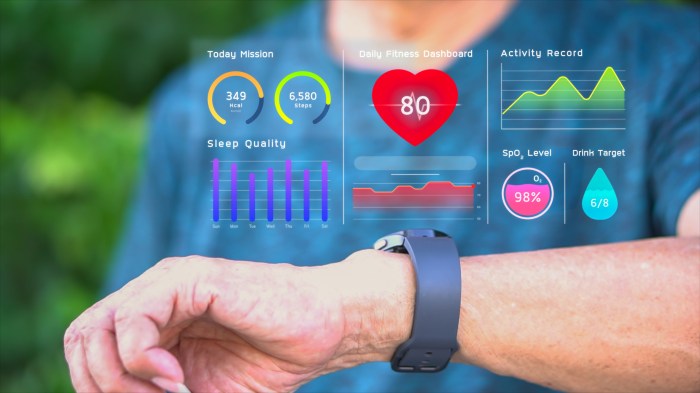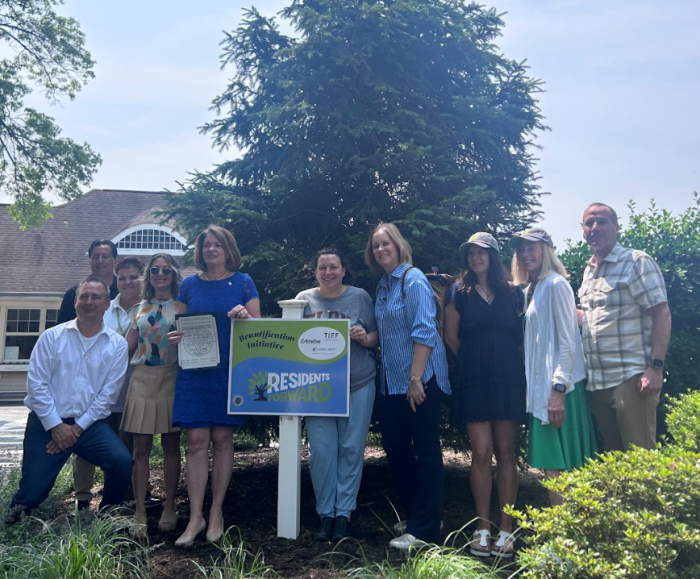September is National Emergency Preparedness Month and as National Grid continues its own efforts to improve its emergency preparedness plans, the company wants to remind customers to also plan ahead and prepare for emergencies in advance. Taking action now, before an emergency strikes, will help customers efficiently and safely manage crises that can upset their daily routines.
At National Grid, being prepared for emergencies is a priority. The company routinely reviews and enhances its emergency response plans and conducts drills and employee training to reinforce employees’ ability to contribute during storms and participate in service restoration efforts. National Grid also continuously maintains and strengthens the reliability of its electric and gas system. Additionally, the company has in place a vegetation management program that helps minimize tree-related power outages — a leading cause of service interruptions – before storms hit.
“We care about our customers and want to remind them that planning for emergencies is important so they know in advance what they need to do to take care of themselves, their families, and help others in their communities,” said Ken Daly, president, National Grid New York. “The storms that impacted our region last year were severe. Our customer’s preparedness was critical to National Grid’s response and restoration efforts and helped our crews make considerable strides to get the lights back on. We know customers depend on our services, which is why we are continuously working hard to improve our preparedness. This year marks the fifth anniversary of National Preparedness Month and the perfect occasion to help customers think through how they too can plan ahead and be ready in the event of an emergency.”
National Grid offers the following tips to help customers prepare for emergences:
Build a supply kit. Whistle, flashlight, can opener. Although these sound like items on a scavenger hunt list, they are actually critical elements of an Emergency Supply Toolkit. Hunting for them during an emergency is not the time to be putting one together. A fully-stocked toolkit and well thought out emergency plan could mean the difference between life and death. Emergency supply kits should include basic tools and survival items. For a complete list of recommended Emergency Supply Toolkit items, visit www.ready.gov.
Plan for locations. Emergencies and disasters occur without warning which is why it’s important to have a plan, as well as supplies, for the different locations you and your family may frequent. These locations include home, work, school, vehicles, places of worship, shopping areas and entertainment/sports locations like theaters and arenas. How will you get to a safe place? How will you contact one another? How will you get back together? These are all important things to consider when creating your plan.
Plan for risks. Think about where you live and identify the hazards that have happened or could happen in your area. Residents living in the north or the mountains may need to plan more for snowstorms, but residents who live along the coast may be more affected by hurricanes. No matter where you live, make sure you plan accordingly.
Know your community’s plan. Find out from local government how they communicate with residents in an emergency. This could be in the form of radio/TV broadcasts, telephone, door to door notifications, or a community siren.
Technology in emergencies. With the proliferation of smart phones, many people turn to apps and social media to learn about disasters, seek help in an emergency and to share information about themselves and others during an emergency. The American Red Cross and the Federal Emergency Management Association both offer downloadable mobile apps for first aid, finding shelter and disaster assistance to help the general public. Visit www.redcross.org or www.FEMA.gov for more information or to download an app now.
National Grid also provides customers with multiple ways to receive up-to-date information on things like restoration details, safety tips, important phone numbers and more through its Outage Central webpage https://www1.nationalgridus.com/OutageCentralHub. Here, customers can sign up to receive text and email alerts, stay informed through Facebook and Twitter and report or check on a power outage through an interactive power outage map. Customers can also visit the Outage Central webpage to view “Power Outages: Preparation and Restoration,” a video that provides a comprehensive look at the steps National Grid takes to prepare for and prevent outages.
For more information on National Preparedness Month, and how you can get started with a plan and emergency toolkit, visit www.ready.gov, or www.redcross.org. Customers can reach National Grid directly through their toll-free customer service line at 1-800-322-3223.



























